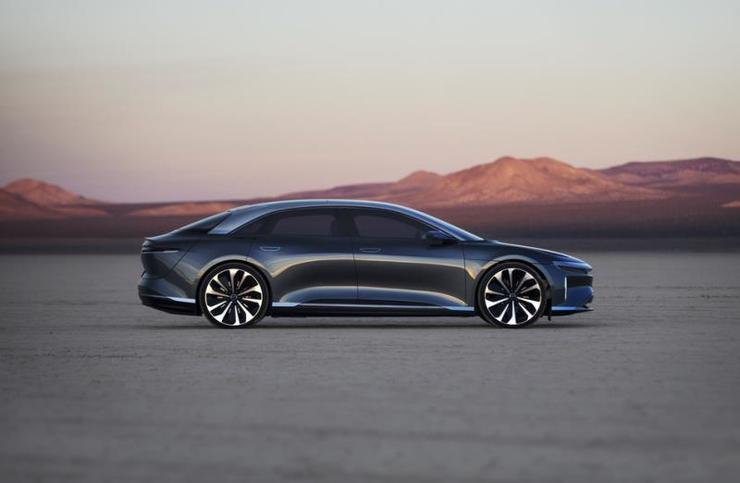As early as two years ago, some media called Lucid Motors "a potential rival of Tesla." At that time, Lucid Motors received a billion-dollar investment from the Saudi Public Investment Fund (PIF) to support its luxury electric vehicle Lucid Air. Of commercialization. However, nearly one third has passed in 2020, but Lucid Air has been slow to see signs of going public.
Recently, Peter Rawlinson, CEO and CTO of Lucid Motos, revealed that the current work of Lucid Air is basically ready. Although it was postponed, it is expected to be officially put into production by the end of the year.
Peter Rawlinson was previously the chief engineer of Tesla Model S, and promoted last year's PIF injection of $ 1 billion in Lucid Motors.
According to Peter Rawlinson, Lucid Air is faster than any electric car, including Tesla Model S and Porsche Taycan. The acceleration time of Lucid Air in 100 kilometers is only 2.5 seconds; in the test, the speed is even as high as 235 mph (380 km / h).
However, "efficiency" is the most critical measure today, that is, at a given speed and power, the distance that can be traveled per unit time. Of course, this involves another indicator of all electric vehicles-cruising range. After fully charged, Lucid Air has a cruising range of more than 400 miles (about 640 kilometers).
According to reports, today, "4 mph / kWh" has become a watershed for the high efficiency and inefficiency of electric vehicles: high-efficiency electric vehicles can drive 4 miles (6.7 kilometers) per kilowatt hour, and less than 3 miles represents inefficiency.
Now, some Tesla models are marching towards "4 mph / kWh", while the Porsche Taycan has a cruising range of 201 miles and a battery capacity of 93 kWh, or 2.2 mph, less than 3 mph. Time. Peter Rawlinson said that Taycan's results were disappointing, but he did not explicitly disclose the relevant situation of Lucid Air.
There is no decisive factor for the efficiency of electric vehicles, because each optimization needs to consider multiple aspects.
For example, the problem of battery wear. The main loss of the battery comes from the impedance of the battery pack. In the test of the US Environmental Protection Agency, the current in the circuit is very small, so the corresponding loss is also very small. At the same time, the efficiency of the battery pack is not fully exerted. However, if you want to achieve the driving state of high-performance vehicles, the current must be doubled, and the battery loss is 4 times the previous.
Therefore, the voltage of the Lucid Air battery pack was raised to 900 volts; last year, Porsche mentioned the battery voltage as 800 volts; the voltage of Tesla batteries was around 400 volts-many automotive media thought that this behavior was aimed at better To achieve fast charging, this is actually a misunderstanding, as Peter Rawlinson said:
The real reason we design high-voltage systems is to make the electronic equipment and inverters that control the motors more efficient. Among them, the inverter is a high-frequency switch that converts direct current into alternating current, and the frequency of the alternating current determines the rotation frequency of the motor. Lucid's inverter uses MOSFET chips and performs very well under high voltage.
As electronic equipment and inverters become more efficient, heat dissipation problems can be alleviated, so that smaller radiators can be used to make the vehicle more aerodynamic and reduce the loss of wind resistance. In addition, the model of Lucid Air is short and narrow. Therefore, compared with the Tesla Model S 0.23, the air resistance coefficient of Porsche Taycan 0.22, the air resistance coefficient of Lucid Air may be lower.
In addition to the above factors, wheel torque also affects the overall efficiency of electric vehicles to a certain extent. For example, Lucid Air uses a new type of permanent magnet motor, which effectively solves the problem of gear torque. As for the details of this technology, Peter Rawlinson did not say much.

